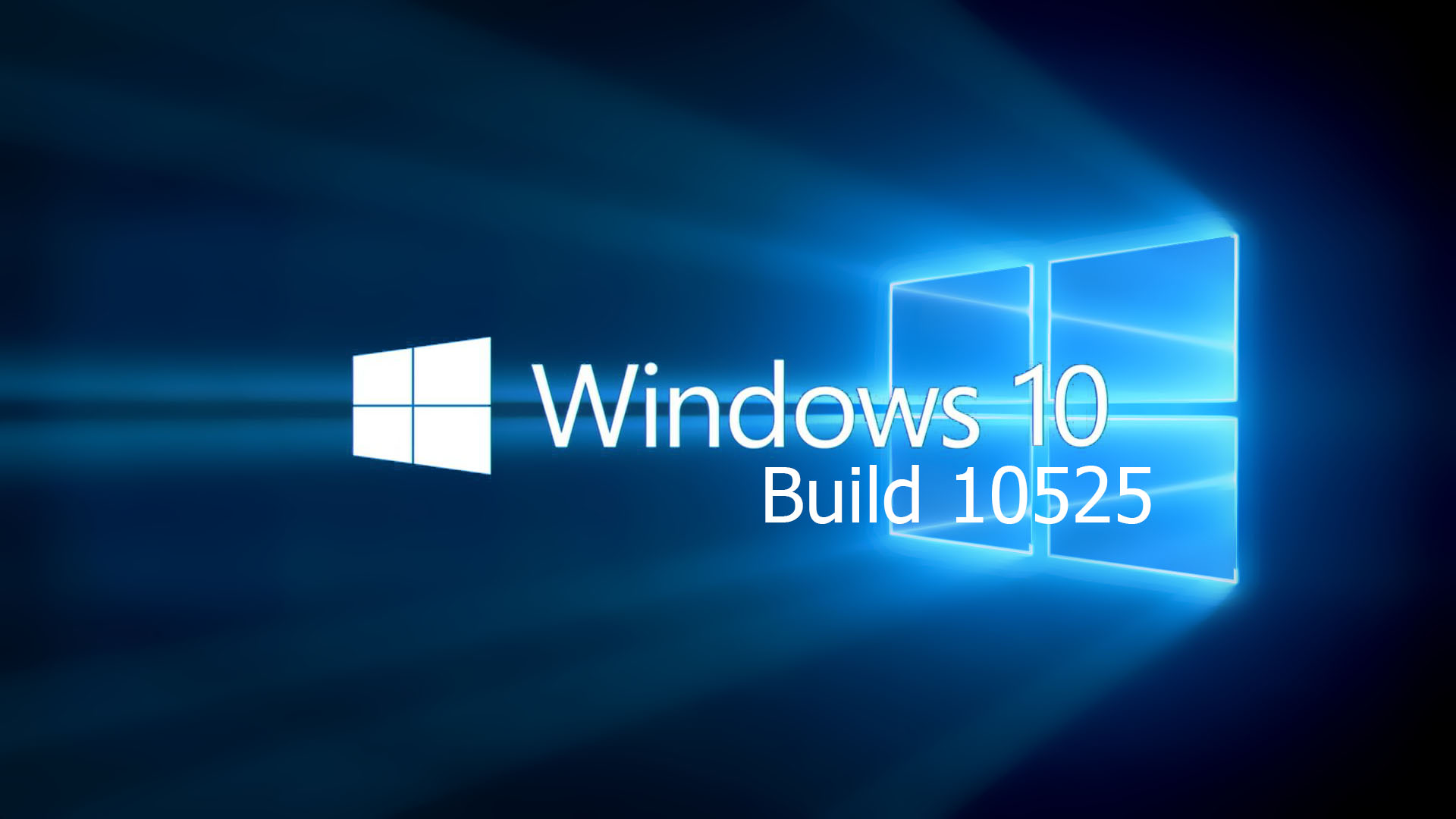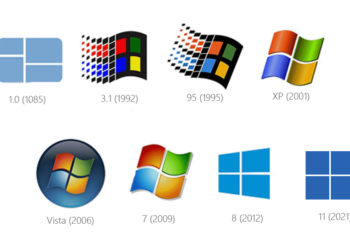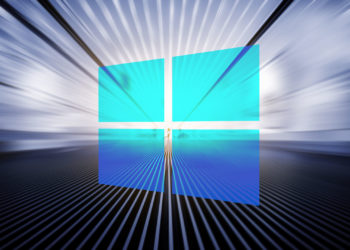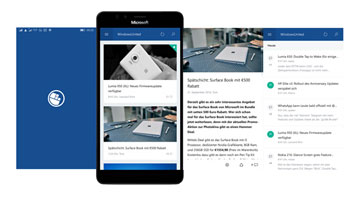 Nach langem warten gibt es für Windows Insider wieder eine neue Windows 10 Build. Sie trägt die Buildnummer 10525 und steht ab sofort im Fast Ring des Insiderprogramms zum Download zur Verfügung. Dies twitterte auch Gabriel Aul:
Nach langem warten gibt es für Windows Insider wieder eine neue Windows 10 Build. Sie trägt die Buildnummer 10525 und steht ab sofort im Fast Ring des Insiderprogramms zum Download zur Verfügung. Dies twitterte auch Gabriel Aul:
Hey #WindowsInsiders! Build 10525 is now available for PCs in the Fast ring! More here: http://t.co/LtHNnKjDEb
— Gabriel Aul (@GabeAul) August 18, 2015
Wenn ihr Preview Builds für den Fast Ring noch aktiviert habt, sollte euch Build 10525 ab sofort als Update angezeigt werden. Um Insider Builds zu deaktivieren oder zwischen Fast Ring und Slow Ring zu wechseln, geht ihr auf Einstellungen -> Update und Sicherheit -> Windows Update -> Erweiterte Optionen.
Diese Verbesserungen sind in Build 10525 enthalten (hier kurz auf Englisch – in einem späteren Artikel dann auf Deutsch):
- We got a lot of feedback on the default color for Start, Acton Center, Taskbar, and Title bars and that you wanted to be able to change to reflect your preferences. This feature is now available (though still early) in build 10525 for you to try. This is off by default, but you can turn it on by toggling this
- In Windows 10, we have added a new concept in the Memory Manager called a compression store, which is an in-memory collection of compressed pages. This means that when Memory Manager feels memory pressure, it will compress unused pages instead of writing them to disk. This reduces the amount of memory used per process, allowing Windows 10 to maintain more applications in physical memory at a time. This also helps provide better responsiveness across Windows 10. The compression store lives in the System process’s working set. Since the system process holds the store in memory, its working set grows larger exactly when memory is being made available for other processes. This is visible in Task Manager and the reason the System process appears to be consuming more memory than previous releases.
Es gibt auch wieder bekannte Probleme und Fehler. Diese und alle Verbesserungen (auf Deutsch) werden wir in einem weiteren Artikel genauer beschreiben.
Quelle: Windows Blog via Gabriel Aul – Twitter








